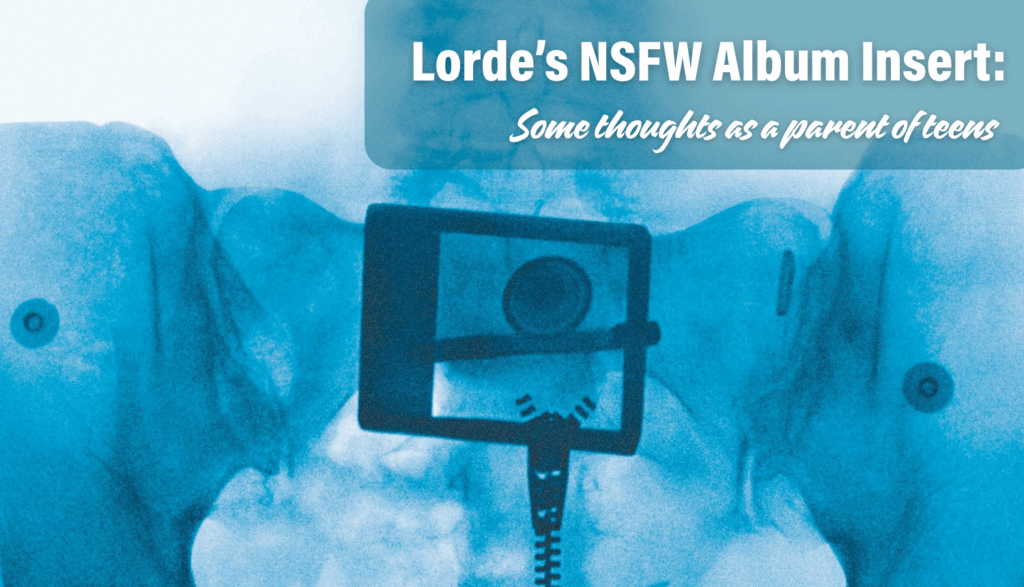The Wind Coming Over the Sea brings a 19th-century immigration story to life through heartfelt text, spirited jigs, and traditional ballads. Written by celebrated author Emma Donoghue, the world premiere folk musical draws on real letters from the 1840s. Its epistolary narrative centres married couple Henry and Jane Johnson as they navigate separation and survival during the Irish famine. Gil Garratt has directed a touching production — one that captures a true story of hardship, humour, and the hope of starting over.
Tucked away in the rural town of Blyth, Ontario, the Blyth Festival has been championing Canadian stories and showcasing the work of Canadian playwrights, actors, directors, and designers for over 50 years. With permission from the company, I attended the final preview of The Wind Coming Over the Sea, playing in the indoor, 370-seat Margaret Stephens Stage.
The show opens with the couple together in the north of Ireland. Henry (Landon Doak) sets out alone on an eight-week voyage to southwestern Ontario with the goal of securing work; Jane (Shelayna Christante) follows in the second act. The characters writing the letters read them aloud on stage, with one actor (George Meanwell), who otherwise plays supporting roles, occasionally becoming a narrator in order to mark shifts in time and place as the action moves between countries and locations.
The production captures the emotional toll of immigration — poverty, racism, isolation, and loss shape the Johnsons’ journey. Donoghue’s writing finds levity in the hardship, though, tending to offset moments of grief through well-placed jokes or energetic bursts of music. In particular, Jane’s fears of bears, wolves, and brutal winters offer light, distinctly Canadian humour.
Garratt’s direction is both intimate and clever, with actors moving through aisles and balconies to emphasize the emotional and physical distance between characters. A few rows of spectators reside on stage, and occasionally performers draw these onstage audience members into the world of the show through playful, lightly interactive moments, like handing them a bundled-up prop baby.
Ken MacKenzie’s set design evokes the rough interior of a wooden ship, with bunk-bed-style platforms where Henry sleeps. These are later used to stash chairs, boxes, and other props. Also the lighting designer, MacKenzie adeptly distinguishes between the play’s shifting locations, from storm sequences where lightning flashes break through round ship windows to subtler transitions that conjure the soft glow of the Irish countryside or the dim, uncertain streets of the early Canadian settlement where Henry struggles to find his footing.
Meghan Choma’s costumes help situate the piece firmly in the 19th century, with traditional fabrics and garments that reflect the period. Most of the design feels organic and grounded, though I found Henry and Jane’s wigs visibly synthetic, and out of step with the production’s otherwise pragmatic design; their real hair would likely have sufficed.
Led by musical director Anne Lederman, the cast performs a score built around traditional Irish and British folk songs, using harps, fiddles, and bodhráns on stage. The tunes range from quiet ballads to upbeat jigs. Some numbers prompted clapping and foot-tapping from the crowd, while others land more softly. Rather than competing with the music, Adam Campbell’s sound design layers in details like rainstorms and insects buzzing, deepening the production’s overall atmosphere.
A cast of six carries the show, with a four-person ensemble taking on multiple roles throughout. Doak stands out as Henry, charismatically capturing both the strain of separation and the small moments of humour that surface in the letters and along his journey. His strong singing voice, beautiful and steady, anchors his performance. Opposite him, Christante as Jane brings a warm, motherly energy to the stage, along with a sincere connection to the story. Stealing the night is the director’s daughter Gloria Garratt, a young actor of maybe four or five, who plays the couple’s son (born before the events of the story) and appears a few times in the second act; she endearingly draws smiles and attention each time she steps on stage.
One of the attractions of The Wind Coming Over the Sea is that it’s written by Donoghue, best known for her novels such as Room and The Wonder. But as a resident of southwestern Ontario, what struck me most is how deeply rooted in the region the show feels. Set just miles from where these settler histories unfolded, and drawing on archival material located at Western University, the production is a lively reminder of the cultural inheritances that continue to shape the area today.
The Wind Coming Over the Sea runs at the Blyth Festival until August 12. Tickets are available here.
Intermission reviews are independent and unrelated to Intermission’s partnered content. Learn more about Intermission’s partnership model here.


















